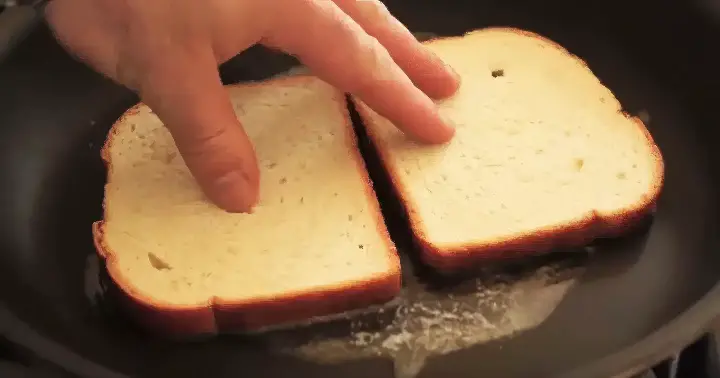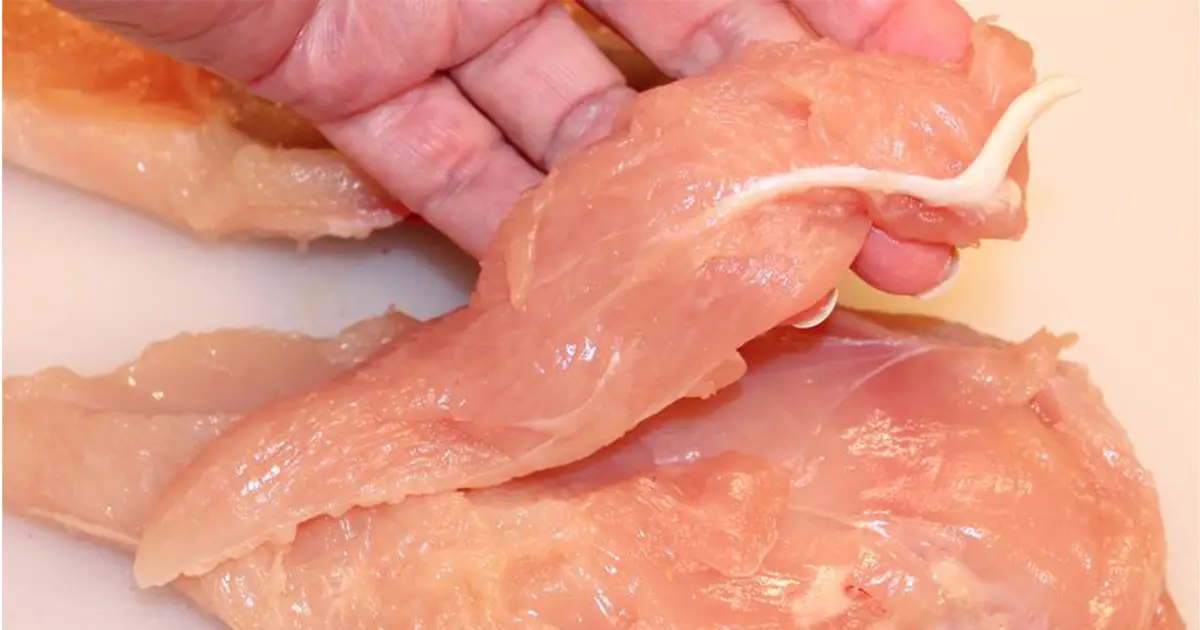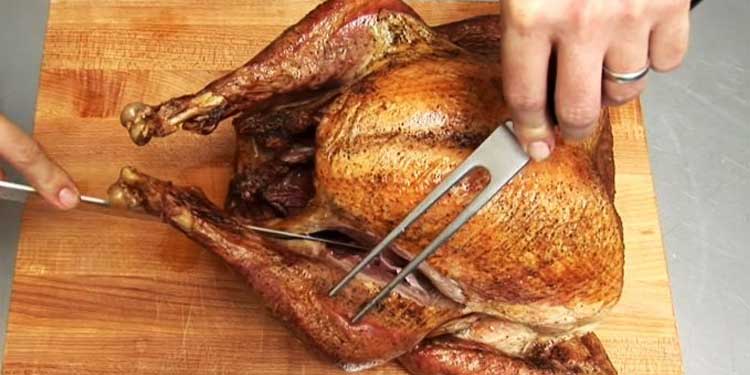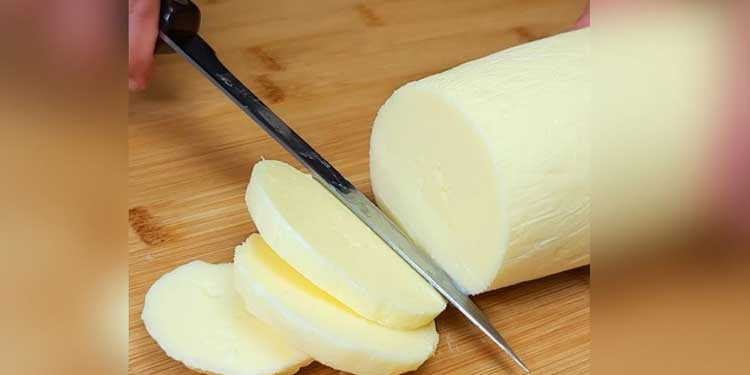Sometimes, working in a kitchen can be quite tough. That is when you use these clever tips and tricks from real chefs.
Baste, don’t flip
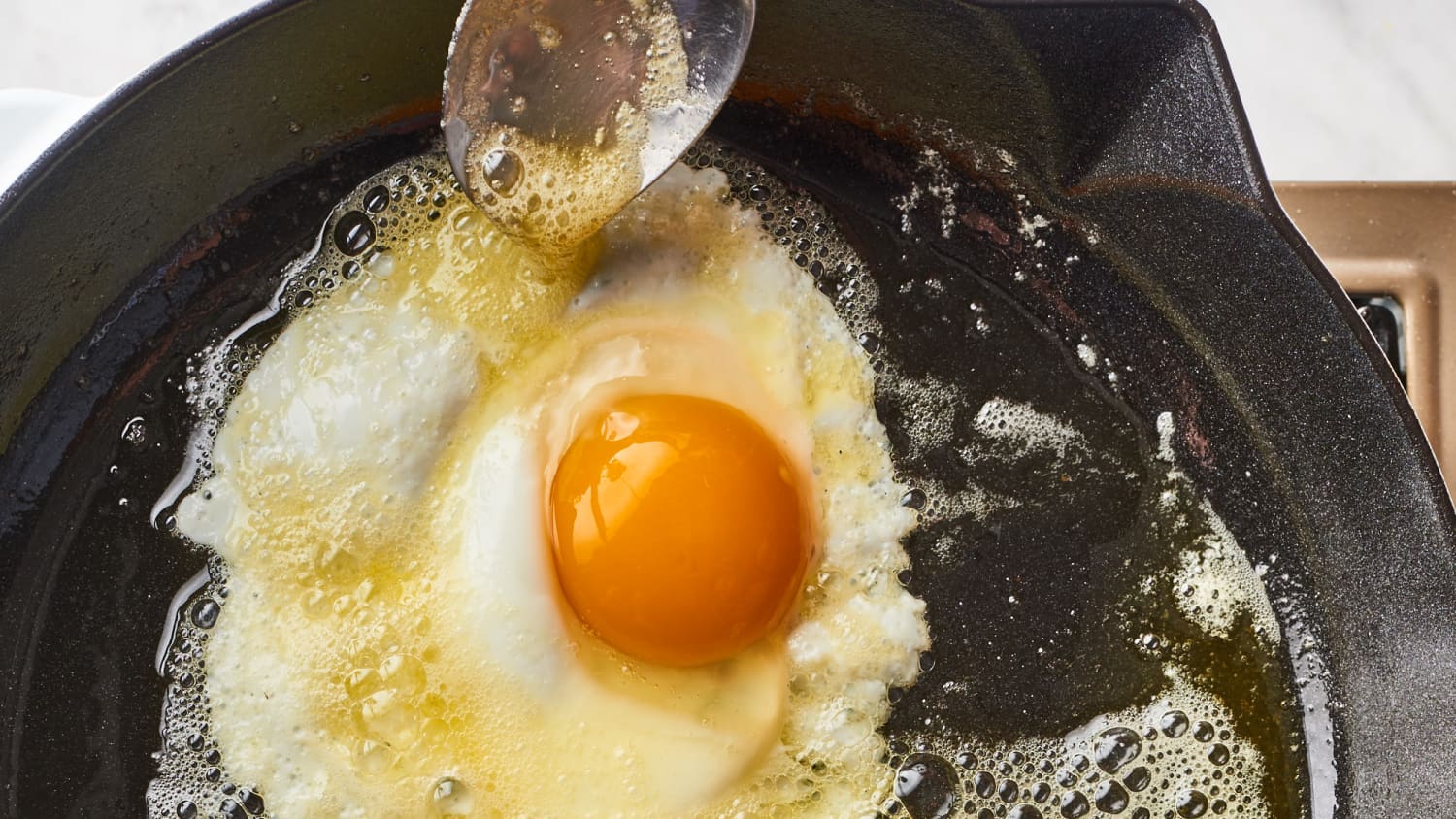
You really don’t have to flip your eggs when you can just baste them. Keep them under a moderately heated pan for a while and have them just the way you have them at a fancy restaurant.
If the yolk side is almost entirely raw, it will definitely break easily. Securing the lid over the pan will speed up the cooking process and ensure that the yolk side is done. Some steaming can be achieved with the addition of a few drops of water at the outset.
Don’t flip with too much force, either. To avoid having the yolk splatter all over the pan, it is best to “roll” the egg over instead of executing a flipping motion that could potentially crack it. In addition, keep your spatula away from the egg yolk. The egg yolk can crack if it comes in contact with the edge.
Mise en place
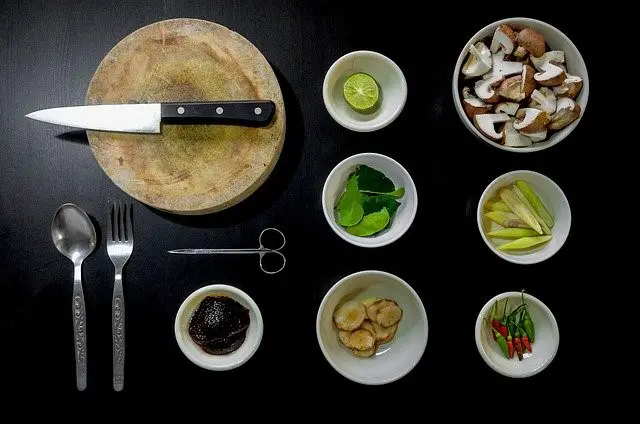
The French term “mise en place” (MEEZ ahn plahs) refers to the preparation of all of your ingredients before you begin cooking. Bowls, utensils, and materials for a mix are all laid out. It’s a method that cooks employ to knock out meals in record time.
- Prepare your recipe and make a plan.
- Gather all of the necessary materials, utensils, and equipment.
- Wash, cut, dice, chop, and measure all of your components one by one.
- Place them in suitable dishes, bowls, and containers for convenient access.
- Arrange your ingredients around your cooking station for easier access.
Dry those proteins
You need to take a paper towel to the outside of your protein before you cook them. This is going to make your food all the more nutritious and delicious at the same time. If there is water or any kind of liquid, your tofu or chicken will cook unevenly inside and out. So, to avoid it, always pat them dry.
Store herbs in a damp paper towel
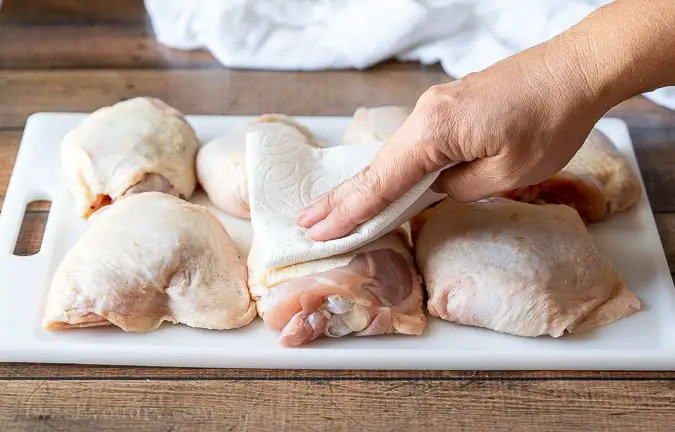
You can simply store herbs in a damp paper towel. It will surely preserve them while also making it easier for you to keep a storage of all the essential herbs.
Wrapping your herbs in plastic wrap is an option if you’re worried about breaking the glass container while searching for something else in the fridge. Following this procedure, fresh herbs should be stored in a resealable plastic bag after being wrapped in a damp paper towel.
The goal is to provide a damp (but not wet) environment for the plants. They need to be checked every couple of days; if the paper towel feels dry, you can either spritz the bag with some water or rewrap the herbs in new, moist paper towels. For optimal freshness, store them in the refrigerator’s crisper or a door bin.
Don’t heat a pan with the meat
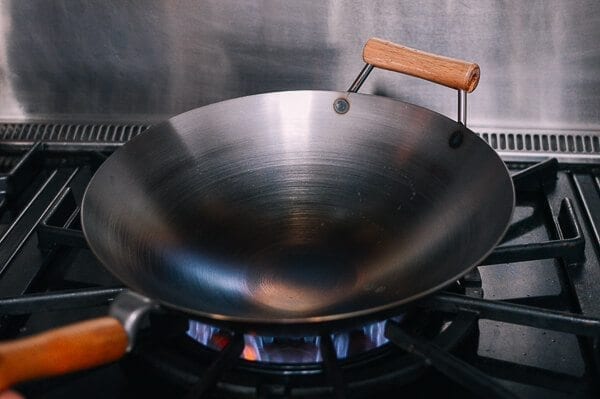
There are a few valid reasons why some culinary professionals like to start with a cold pan, add oil, and then heat it up, but only a few, in my opinion.
Whether you begin with a cold or hot pan, always bring the oil to temperature before adding the ingredients; otherwise, they will stick and burn.
If you are someone who heats the pan well before putting in your meat, you are doing just the right thing. This helps to create a crusty and crunchy texture which is always preferable.
Freeze meat that needs to be sliced
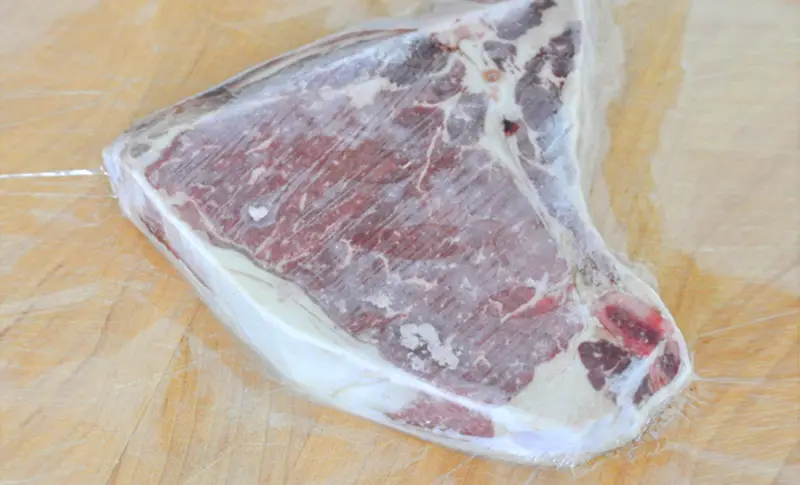
It is always worth it to freeze your meat before you slice them. This will help you make the whole process all the easier.
When meat is frozen while still in its entirety, the majority of its natural moisture is preserved. When frozen, any internal moisture crystallizes when sliced, and most of that moisture is lost during the Thawing process. Steak flesh loses a great deal of quality when frozen. When preparing steak for freezing, it is helpful to first coat the meat with a lot of oil.
Right spatula
If you are cooking fish, don’t just use any random spatula or spoon. Use the right one that is actually a fish spatula. Likewise, this type of spatula will keep the skin intact and the meat from flaking when you flip it.
Use a mandoline
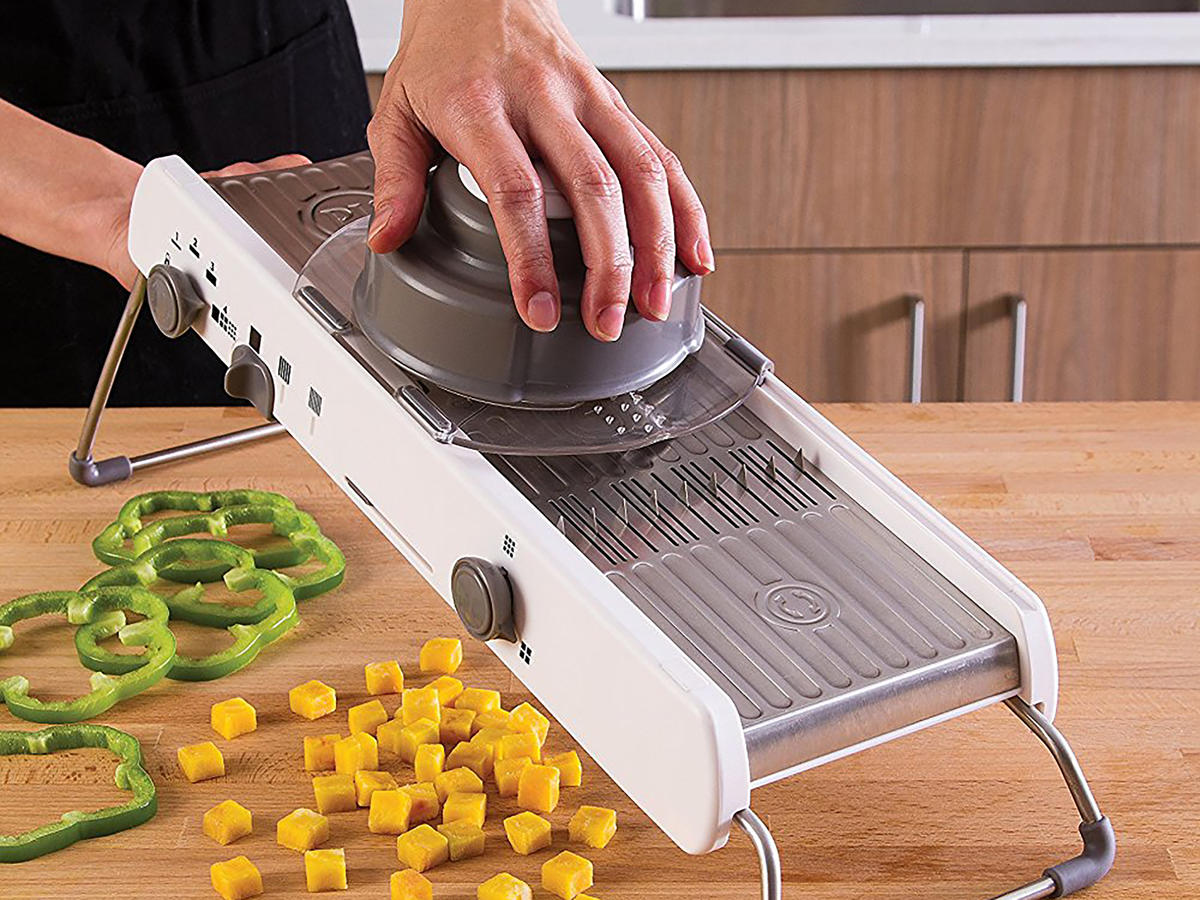
In order to swiftly, accurately, and (hopefully) safely slice vegetables and fruits, many people turn to mandoline slicers, which consist of a flat surface fitted with a sharp blade.
Perfect, uniform slices can be achieved by merely sliding the item back and forth across the blade.
Cuts with a bias can be made in a variety of ways by slicing the item at an angle.
Some people will even hack and dice. A mandoline will always help you save your fingers from possible injuries at all times. Always make sure you use one.
Strain your sauces
In the kitchen, straining can serve a useful purpose. Custard that is silky and smooth is like eating in a dream, consommé that is crystal clear is beautiful and full of flavor, and gravies and sauces that are thick and velvety are the make-or-break of a good dinner.
However, there is a distinction between straining and economizing. One is a standard method used by professional chefs, while the other is a last-ditch effort. Make sure you strain your sauces. This will help you get a good texture to your sauce!
Never shop from fancy stores
We’re not saying that the fancy kitchen utensils you may find in upscale retailers aren’t lovely; just the contrary. However, if you’re looking for a tool that does the job effectively, head to a restaurant supply shop.
Most professional chefs don’t prefer to buy from fancy stores. They try a restaurant supply store instead. You should too!
Add salt bit by bit
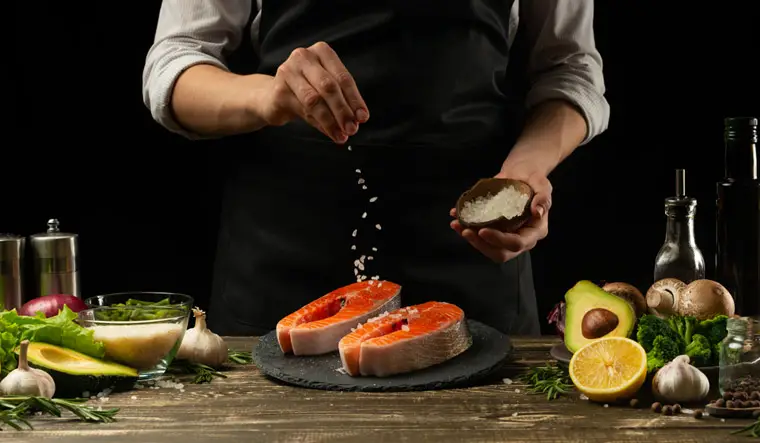
Salt’s six roles in the kitchen are as a preservative, a texture enhancer, a flavor booster, a nutrient booster, a binder, and a color booster. Since this is the case, salt is an essential component of almost every dish.
But rather than waiting until the end to season your food, attempt to do it in small increments as you go along. Sprinkle salt but don’t just do it all at once. This trick will save your taste buds!
Smash your garlic
Before you cook, don’t just put your garlic to fry straight up. Instead, smash them as it enhances the flavor of your food. The garlic clove should be set down on the chopping board Use the blunt side of your broad knife to rest on top of the garlic clove.
Keep the blade away from your body. Make a solid palm press on the blade’s flat side (keeping your fingers away from the sharp edge). Increasing the pressure until the clove of garlic is flat will take some time.
Read your recipe thoroughly
Make sure you read the recipe very well and thoroughly. Don’t just skip parts and be in rush or else you’re likely to ruin your meal.
Don’t use dish soap on an cast iron pan
Modern dish soap is milder than older varieties, which is why many authorities defend its use. Indeed, that could be the case; however, that is beside the point. There is no point in using dish soap on a well-seasoned pan.
In an interview with Bon Appétit, chef Justin Smillie said, “Cooking with a cast-iron pan gives you an incomparable crust, for both vegetables and meat. To clean ours, we just douse it in oil and salt, burn it out, then wipe it clean.”
Brush your fish with mayo
Making sure fish (either fillets or whole) is coated in fat before placing on the grill is crucial for preventing the fish from sticking. You could use something like canola or olive oil, but I prefer to use mayonnaise, which is a pantry staple.
Before you put your fish on the grill, it is always good to make sure that you brush it well with mayo first. Best results guaranteed!
Roast meals on a cooking sheet
A sheet pan, typically made of aluminum or stainless steel and featuring low sides that promote airflow and browning, is a wide, shallow baking pan.
It is the workhorse of the kitchen, used for roasting everything from vegetables and meats to whole meals. Don’t just roast in a deep roasting pan. Cooking sheets are in the market for a reason!
Fry your chicken twice
Korean fried chicken, which uses a two-frying technique to achieve its signature crispiness, is a great example of this. Chicken is fried until the skin is golden and crisp.
It is taken out of the hot oil and allowed to cool for a while. After that, it’s put back into the oil to finish cooking. Let your chicken rest for 10 minutes after the first dip. Then, fry it for 3 to 4 minutes again for a crispy texture and taste!
Reason being, fat and water make up the vast majority of chicken skin.
The skin of the chicken loses some of its moisture when it is fried.
That moisture must fully evaporate before the skin can turn brown and crisp.
However, your chicken may be overdone by the time the water has evaporated.
Don’t add garlic too early
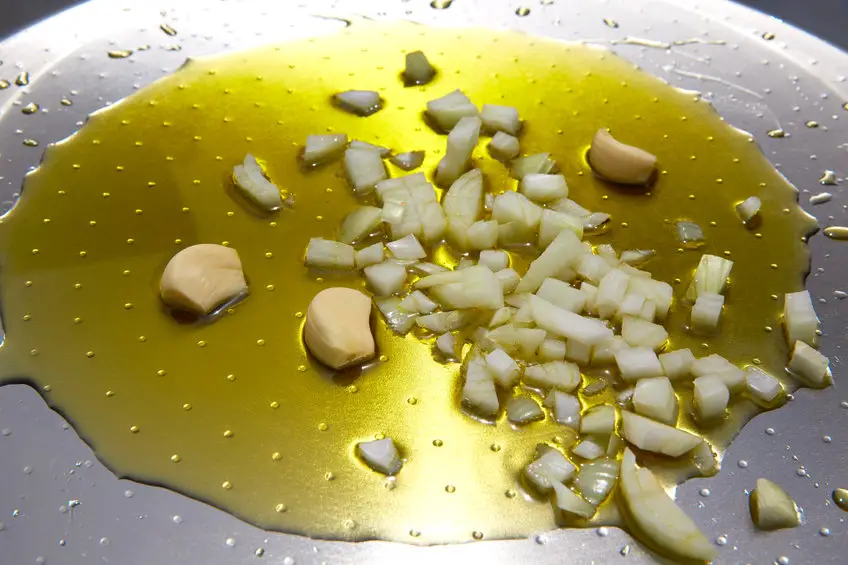
In less than a minute, garlic turns golden brown. Adding it to the pan with, say, chicken breasts, which need about 15 minutes to cook through, will cause the garlic to scorch and turn bitter long before the meat is done.
If you must use minced or pressed garlic, try to stick with slicing or mashing whole cloves instead. Put in the garlic for the last few minutes of cooking.
(Long braises, stews, or sauces are the exceptions; the liquid will prevent the garlic from scorching.)
If a recipe calls for garlic to be added first to a saute, be sure to have all of the other ingredients ready to go so that you can quickly add them before the garlic burns. Cooking in high heat will surely burn your garlic. So, don’t add garlic to the heated pan all too soon.
Do not overcrowd your pan
Overcrowding your pan is likely to make it hard for you to leave your food uncooked. Always make sure you leave space for all the food to cook well.
Undercook your meat!
It sounds a bit odd but it is always recommended that you undercook your meat by a minute. Even though you’ve taken the meat off the heat, it will continue to cook for a few minutes after you’ve removed it from the pan.
Taking it off the stove/grill/oven a minute early will prevent you from getting medium-well when you wanted medium-rare because it will continue to cook in the residual heat while resting.
Please SHARE with your friends and family!
